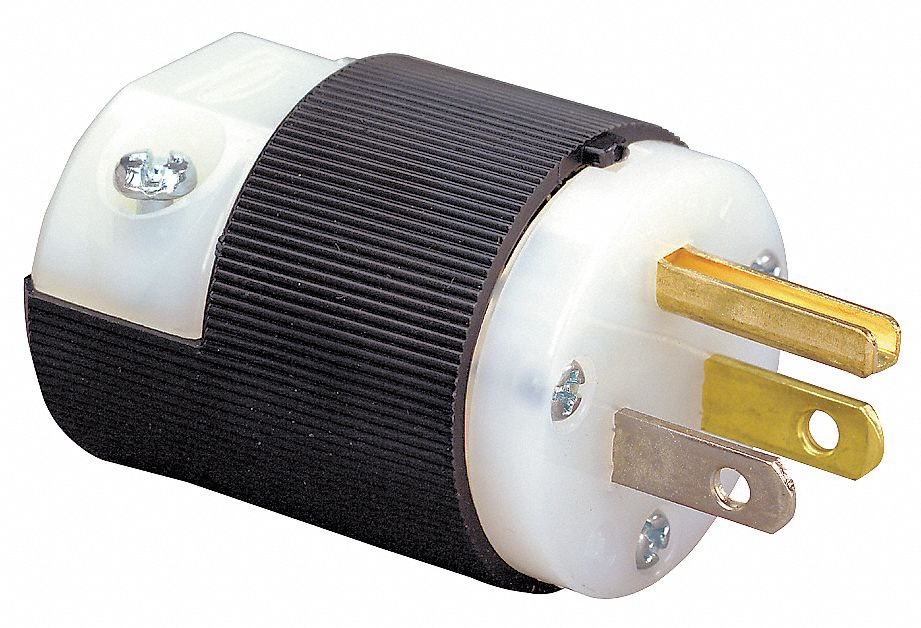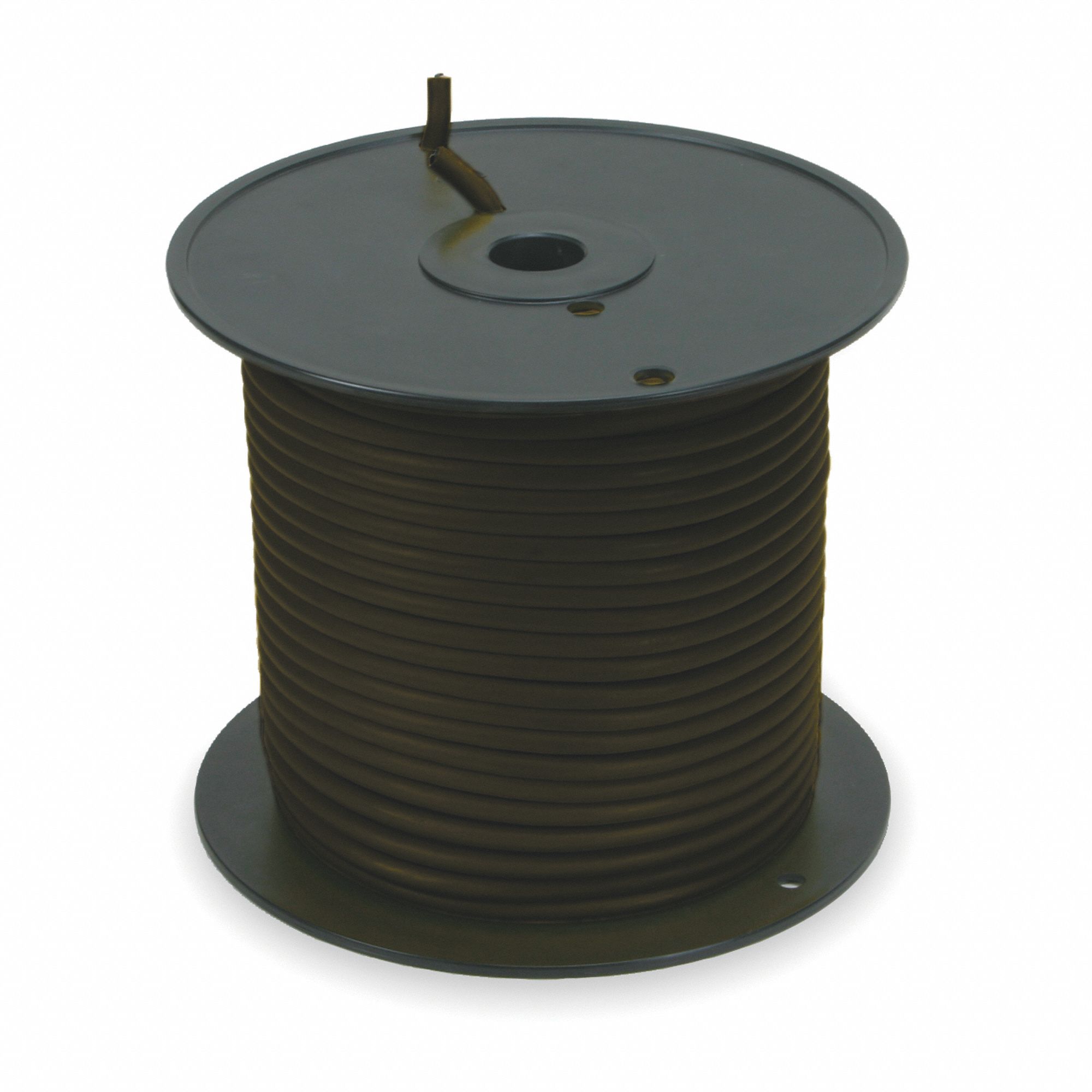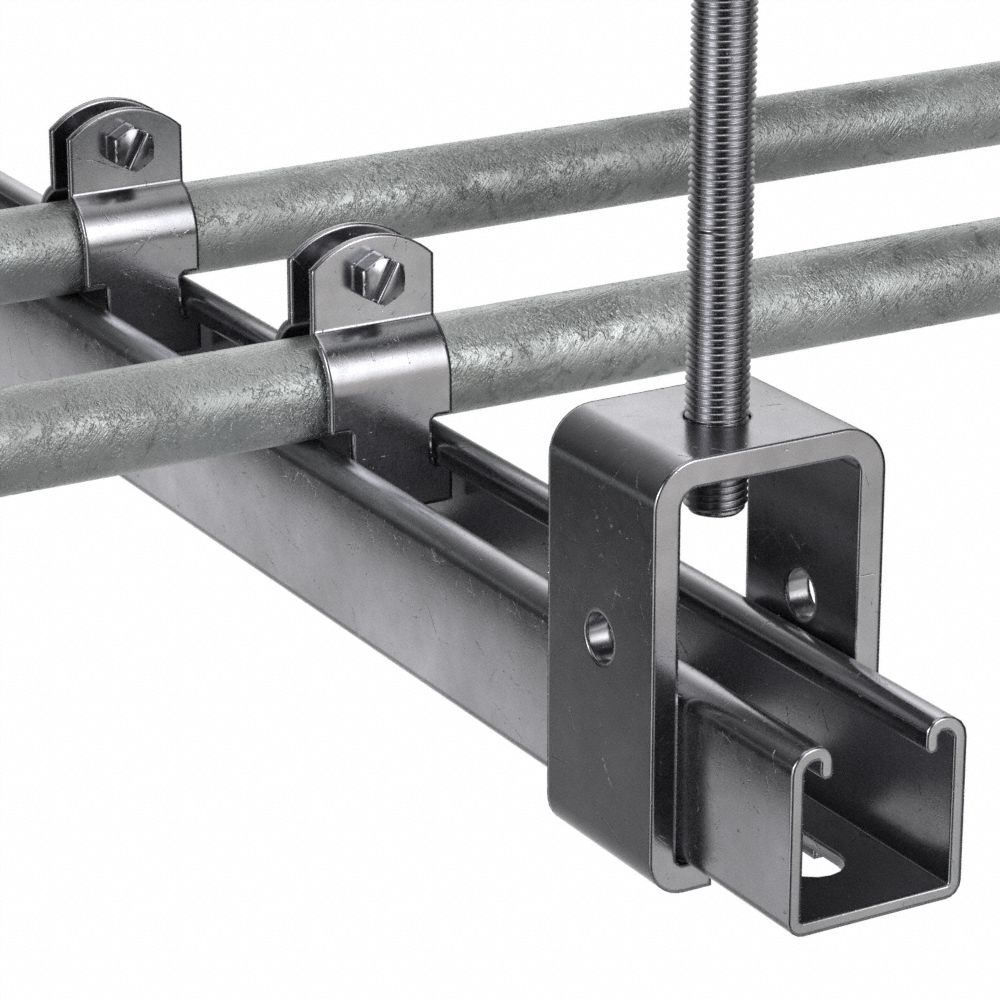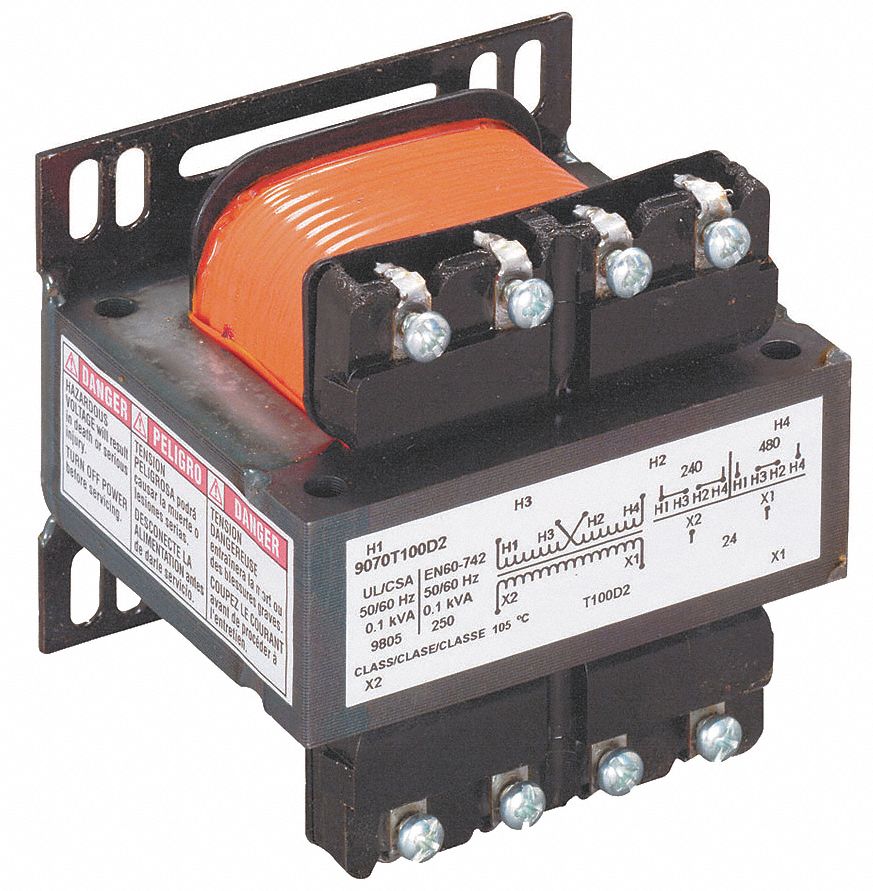

The Cost of Maintaining an Older Electrical System
By Grainger Editorial Staff 1/25/21


Aging buildings may mean aging electrical systems. According to Consulting-Specifying Engineer, older electrical systems need to be maintained regularly and should be fully evaluated every 10 years. An outdated or improperly designed electrical system can lead to frequent downtime, inadequate power supply, or even shock and fire hazards.
Operating an outdated electrical system can impact your energy bills, maintenance schedules and employee safety. It may be time to upgrade your electrical system if your existing system no longer provides enough power for the equipment in your facility, or if your system fails frequently or is missing critical safety equipment.
Costs of an Outdated Electrical System
An upgrade to your electrical system should also include an evaluation of your lighting system. According to the U.S. Energy Information Administration, lighting is the single largest use of power in commercial facilities. Outdated lighting systems that do not use energy-efficient technologies such as dimmers and LEDs or low-power lighting can consume excessive energy and lead to higher bills. Other outdated equipment should also be evaluated, including inefficient heating, ventilation and air conditioning (HVAC) systems or refrigeration systems.
Unbalanced electrical systems, or those with uneven power distribution across the system, can also lead to expensive equipment failure. According to Utility Products, unbalanced or overloaded systems cause wiring and parts to deteriorate faster, requiring more regular maintenance. Equipment in an unbalanced system can also operate with inadequate power supply, leading to earlier failure and replacement. Unbalanced systems can be detected by using a thermal imaging camera when the system is running to look for hotter and cooler parts of your panel. These fluctuations can indicate an unbalanced system where one part of the circuit is carrying more power.
Electrical outages stemming from an out-of-date electrical system also lead to lost production time. According to Bloom Energy, 26% of commercial manufacturers report a power outage at least once per month. Within that group, 58% experienced an outage lasting at least an hour. The costs of a long outage can add up quickly—for large manufacturing facilities, one hour of downtime can mean up to $5 million in lost revenue.
Risks to Health and Safety
An outdated electrical system can also be a significant hazard for your facility. According to Electrical Contractor, overloaded or damaged electrical systems can lead to electrocution or fires. Depending on how old your system is, essential safety technology such as Ground Fault Circuit Interrupters (GFCI) or Arc Fault Circuit Interrupters (AFCI) may not be installed.
According to Safe Electricity, GFCI systems shut down a circuit during an electrical fault, reducing shock risk to employees. According to AFCI Safety, AFCI systems activate during unsafe arcing, when power flows on an unexpected path and can potentially cause fires. Depending on your state and the size of your facility, both may be required by electrical codes.
When to Consider an Upgrade
When your electrical system fails to meet the needs of your facility, fails more often than normal or no longer meets local electrical codes, it may be time for an upgrade. Here are some situations to consider.
Inadequate Amperage
As you add equipment to your facility, it uses more power and may require an electrical system upgrade. According to Consulting-Specifying Engineer, commercial electrical systems are rated for different loads and applications. Your facility may need an upgrade to a higher capacity system if your current equipment's power demand exceeds the maximum capacity of your panels. To figure out the actual amperage needed for your facility, add up the power needs of all of your existing and planned equipment, and install a system that provides at least that much amperage. Most electrical systems are designed to utilize only 80% of their total capacity for safety, reducing how much amperage a new panel can provide.
Frequent Failures
If parts of your electrical system are failing constantly, it may point to larger issues. According to Consulting-Specifying Engineer, repeated failures of your electrical system likely mean components of the system are out of date or no longer functioning properly. These can include overloads to the system that cause faults and failures, wear and tear caused by overload or an unbalanced load, a lack of normal safety equipment such as GFCIs and AFCIs, or outdated circuit management that allows failures to bring down the entire electrical system. Combined, these faults can lead to frequent failures and downtime, and may require a more thorough inspection and upgrade to resolve.
Missing Safety Measures
According to Consulting-Specifying Engineer, electrical systems can degrade and fail to meet code or inspection standards over time, leading to potentially hazardous situations. These include ground fault interruption systems that fail to meet the need of the equipment used in the facility, inadequate short circuit protection for the amount of power used in the facility, or missing or inadequate arc fault protection. These conditions are unique to your facility, the amount of power used and what electric system you have installed.
Maintaining and upgrading your electrical system can not only save money and reduce failures, outages and safety hazards, but taking these steps can help your facility meet the energy demands of modern equipment.
Grainger has the electrical supplies and equipment you need to install or upgrade an existing electrical system here.
Find out how the Grainger Energy Services Team can help you maximize energy efficiency here.
![]()
The information contained in this article is intended for general information purposes only and is based on information available as of the initial date of publication. No representation is made that the information or references are complete or remain current. This article is not a substitute for review of current applicable government regulations, industry standards, or other standards specific to your business and/or activities and should not be construed as legal advice or opinion. Readers with specific questions should refer to the applicable standards or consult with an attorney.











